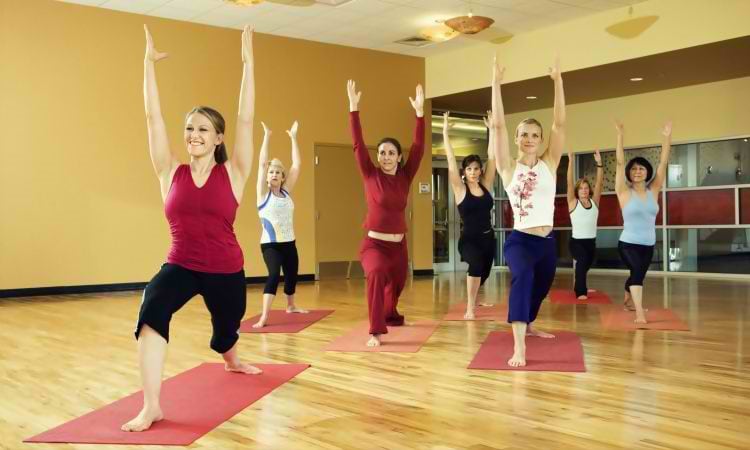Teaching a great yoga class is about more than just teaching a really good asana practice. It involves managing the classroom effectively, so that the students have an amazing experience. Effective classroom leadership is a skill. You must learn to listen to the needs of your students, deliver what will meet those needs, and face unexpected challenges with grace and ease.
In my years of teaching, I found my best classes were delivered when I took the time to follow some procedures. I know this can seem counterintuitive in the yoga world where we work from a more relaxed style, and where the word “leadership” sounds off a bit. But experience taught me that although I might teach a relaxing class, doing so with really relaxed classroom management didn’t equal a great experience for the students.
Here are my top five tips on how to teach an amazing yoga class while remaining in charge of the classroom.
1. Start and End On Time.
A simple place to start is beginning and ending your class on time. This might sound like a no-brainer, but it is surprising how many classes end up starting a bit late or running a few minutes over. Punctuality shows that you respect the time of your students. Running late to start class can throw off your focus and might frustrate students.
When a class runs 5 or 10 minutes over, students may end up having to race out of the room and speed away to their next appointment. That is not the state of mind we want to leave our students with.
2. Connect With Your Students.
Arrive early for class so you can talk with your students. This serves many purposes, among which are the following:
- You will get to know them better.
- You will understand what they are looking for in their practice.
- You can find out about their injuries and/or concerns before class gets started to save time once class gets started.
Creating a relationship with your students will help them get more out of their experience of attending class, and will help you grow your classes and student base. As much as a group yoga class is done as a group, it is a personal experience so help facilitate this process by being available to listen to and address students' needs.
3. Get Organized.
Take a moment to organize the classroom right before or just as class gets started. This will help you to make sure there is room for you to walk around without stepping on people’s personal belongings. If people set their mats up all over their place, you might want to take the time before things get going to make sure they have enough room to move without getting in their neighbor's space.
4. Be In Charge.
Remain in charge of the situation even when students talk, ask tons of questions, and your plan gets thrown off track. Be ready and able to redirect the energy back to the practice or to speak directly to a student to see if they need help or clarification.
There is a balance between adhering strictly to a class plan and going with the flow, but when a class is too loosely organized, it can seem unorganized and random to the students. When students start carrying on side conversations that feels disruptive to others in the class, a great way to work around it is to just go to the person talking and/or asking lots of questions and see how you can help them.
They might just need a bit more direction or assistance, and are just a bit uncomfortable drawing attention to themselves by directly asking you.
5. Expect the Unexpected.
Know that things don’t always go perfectly in a yoga class, and have some pre-prepared ways to deal with the unexpected. Expecting everything to go smoothly in each class puts you in a headspace where a glitch can really throw your rhythm and focus. Students will follow your lead when and if something does happen, so be ready to face challenges with grace and ease.
Sometimes a bit of laughter can lighten the situation too, and help everyone move past it and get back to the yoga.
All five of these tips are based on experiences, both good and bad, I have had over the years in the yoga classroom. Hopefully, you can learn from my challenges and mishaps. Following these tips will help you to be more than just another yoga teacher — you will be a leader and an expert in creating a smooth, seamless yoga class experience for your students.


